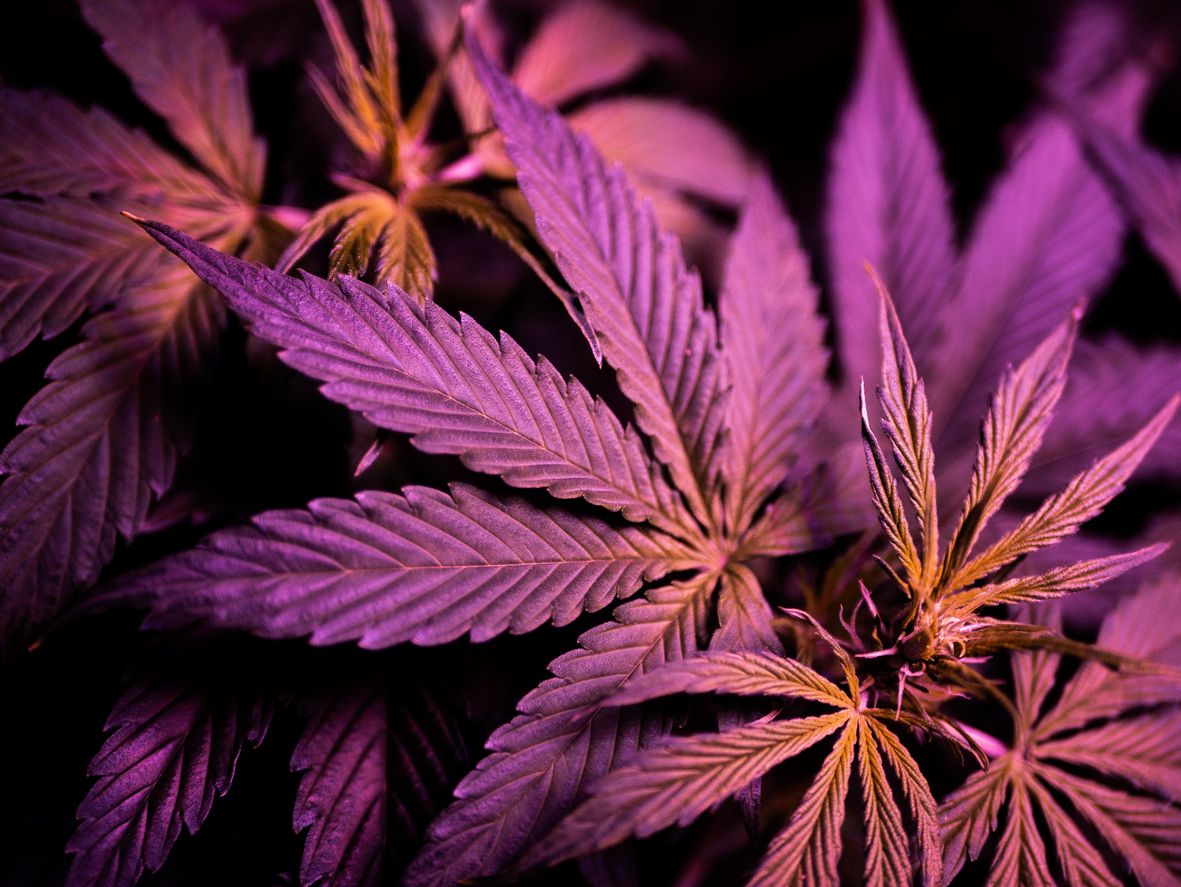Growing Marijuana Indoors for Beginners
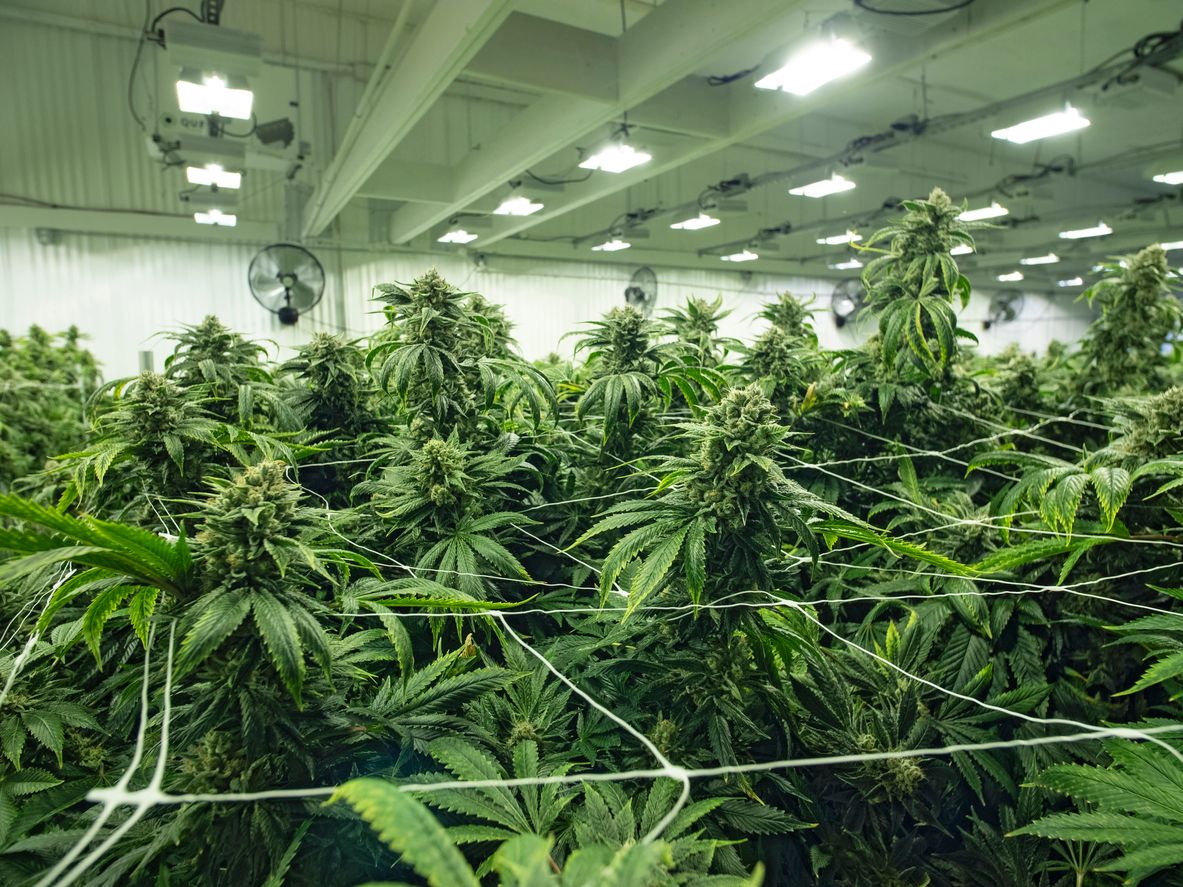
If you have grown any kind of plant successfully in the past, then you have what it takes to grow cannabis plants indoors, but there are some things that you should know before you begin. Though you might be able to grow a pot plant under less than ideal conditions, it will only flourish once you master the art of providing everything from the ultimate environment and nutrients, to the best ways to deal with common problems along the way. Here, we will show you all of that and more, and an easy to read way that is ideal for beginners.
Atmosphere and Cultivation Requirements
The marijuana plant is relatively easy to grow as long as you have the necessary materials to get started. That means meeting the ideal temperature, humidity, growing medium, nutrients, and investing in some appropriate grow lights. Below, you will find everything that you need to truly get started on a successful indoor crop of marijuana.
Growing medium
To start growing marijuana indoors, you will need a healthy growing medium to support your cannabis seeds, clones, or seedlings. Some first-time cultivators assume that any old dirt will work, but what you really need is a nutrient-dense and safe growing media like living soil, coco coir, or some other alternative. The best place for beginners to start is typically with a homemade living soil recipe that can continue to feed your marijuana plants through their entire lives.
Temperature
Maintaining the ideal temperature, especially during a cold Canadian winter can be a difficult challenge, and your cannabis plants will thrive the best with a daytime temperature of between 20°C and 30°C. That might sound like a lot, but you have to remember that this is a tropical species and that as long as you can keep your indoor grow room within the safe range during the day, they can handle a slight temperature drop in the evenings that can go as low as 17°C. Most experienced cultivators swear that a 10° difference between daytime and night-time temperatures will provide the biggest buds and help to keep plants smaller, saving space.
Water
A consistent watering schedule is absolutely necessary when you are growing marijuana indoors, as you don’t have the benefit of mother nature doing at least part of the job for you. However, the amount that you need will heavily depend on the type of growing medium being used, as hydroponics operations require a consistent supply that can be topped off weekly while living soil benefits most from a once a day soaking. You don’t want to add so much that the soil turns to mud, but if you can’t feel some moisture when pressing down on the earth that surrounds the plant stem, then it’s probably due for a drink.
Nutrients
Food is necessary for all life to thrive, but most growers don’t think of this when they first start out with growing marijuana indoors. Cultivating outside provides a fresh layer of nutrient-dense soil that is consistently renewed through rotten leaves or brush, but even if you have the most fertile plot around, nutrients will still provide a boost of benefits. You can use a basic edible plant-safe option from your local greenhouse-like tomato fertilizer, or you can go the extra mile and learn about more natural alternatives instead but settling on one long before you start is an excellent idea.
Humidity
Always pay attention to humidity levels in your grow room. Cannabis plants like environment that is warm, moist, and humid, and maintaining this can help to increase the size and the potency of your yield. Typically, between 30% and 40% is considered to be safe for fruitful range for cannabis plants.
Lighting
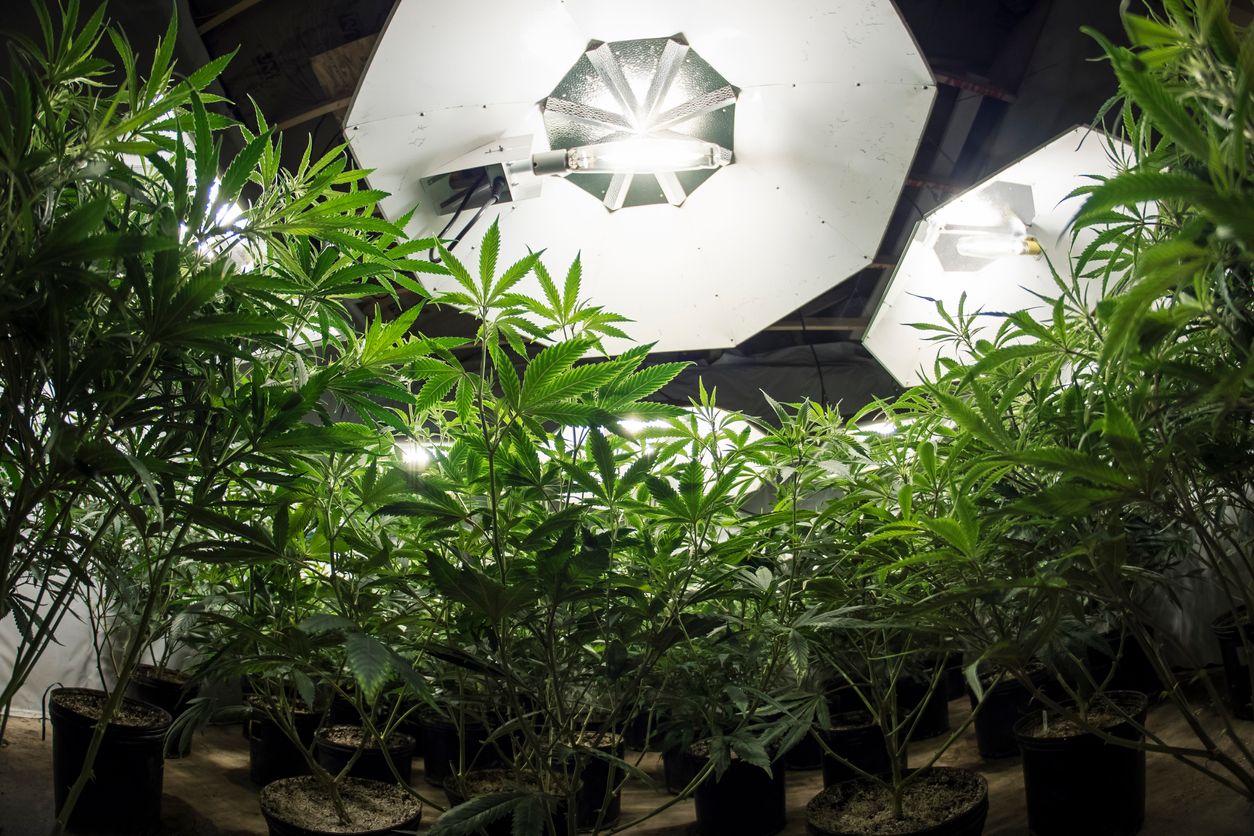
Marijuana Grow lights generally fall into five major categories, including HID, fluorescent, plasma, and LED.
1. High-Intensity Discharge (HID) Grow Lights
High-Intensity Discharge lights are more efficient than growing cannabis with fluorescent lights. The oddly-shaped bulbs reflect the light from a hood to shine a more reflective light onto your plants. The bulbs include high-pressure sodium bulbs, Ceramic Metal Halide, aka LEC, and Metal Halide bulbs.
Drawbacks and considerations when using these types of marijuana grow lights include:
- Temperature issues.
- These lights get extremely hot and often need the intervention of exhaust fans to help in venting out the heat that is created.
- HID grow lights are simple to use
The hanging of these lights is a standard measurement, the size and wattage of the bulb are part of the equation, as with all marijuana grow lights.
When using this type of lights, do a universal hand check by placing your hand where your plants are. If after 30 seconds, your hand feels hot, move the lights higher. Continue to monitor your plants and raise your lights accordingly. A general rule of thumb is always to hang lights at least 12 inches away from your plant as the stronger the light is, will require you to hang the lights at 15 inches above the plant, at least.
2. Fluorescent Grow Lights
- Fluorescent Grow Lights provide a safe type of light exposure
- You cannot provide an excess of light
- The concern using this type of light will be with heat transfer
- These lights need to be kept close to the plants.
The advice here is to use the hand test for checking the degree of heat the plants are receiving and adjust accordingly. The best results will be from adjusting the lights daily, making sure the plants do not grow into the lights.
3. LED Grow Lights
LED Grow Lights provide powerful results if they are used correctly. The LED lights take more practice at getting the correct distance to hang your lights, and unlike other marijuana grow lights, the range is not a standard measurement.
Many things can pertain to the distance for the lights to be away from your cannabis plants.
A few such things include the model and the manufacturer which plays an essential part in the placing of LED marijuana grow lights. The fact of how low or the little heat felt from these lights does not mean you need not worry about giving a light burn to your plants. Placing your LED marijuana grow lights in the optimum place can take a couple of weeks to achieve but will prevent sunburn from affecting your plants.
4. Plasma grow lights
Plasma grow lights harness the same new grow light technology as induction lights, they’ll also last years before needing to be replaced. What is different is that a plasma grow light also utilizes sulfur plasma, and microwave radiation to produce light. These lights will appear a bright green instead of the traditional white and must stay an average of 20 inches away from any marijuana plant.
5. Induction grow lights
Induction grow lights use bulbs that do not rely on filaments but instead will use induction to power themselves. This makes them more powerful than an HPS, LED, or LCD lights and last longer as well since they won't burn out from use. Induction grow lights are designed to mimic fluorescent bulbs while producing a slightly broader spectrum of light. They run much cooler and can be placed within 5 inches of a marijuana plant. However, they are still as effective when placed up to 3 feet away.
Is air conditioning safe to have for growing cannabis indoors?
Yes, and no. Though you can most definitely keep the average temperatures bearable without affecting the growth, there is no way to dip too far below 25 without causing at least some damage. Even if you do set the thermostat on low, you will have to be sure to keep the growing cannabis plants far away from the vents that might blow directly onto their leaves, as this chill, can be enough to stunt the growth of your marijuana plants, while making them more prone to conditions like root rot.
Air conditioning do’s and don’ts
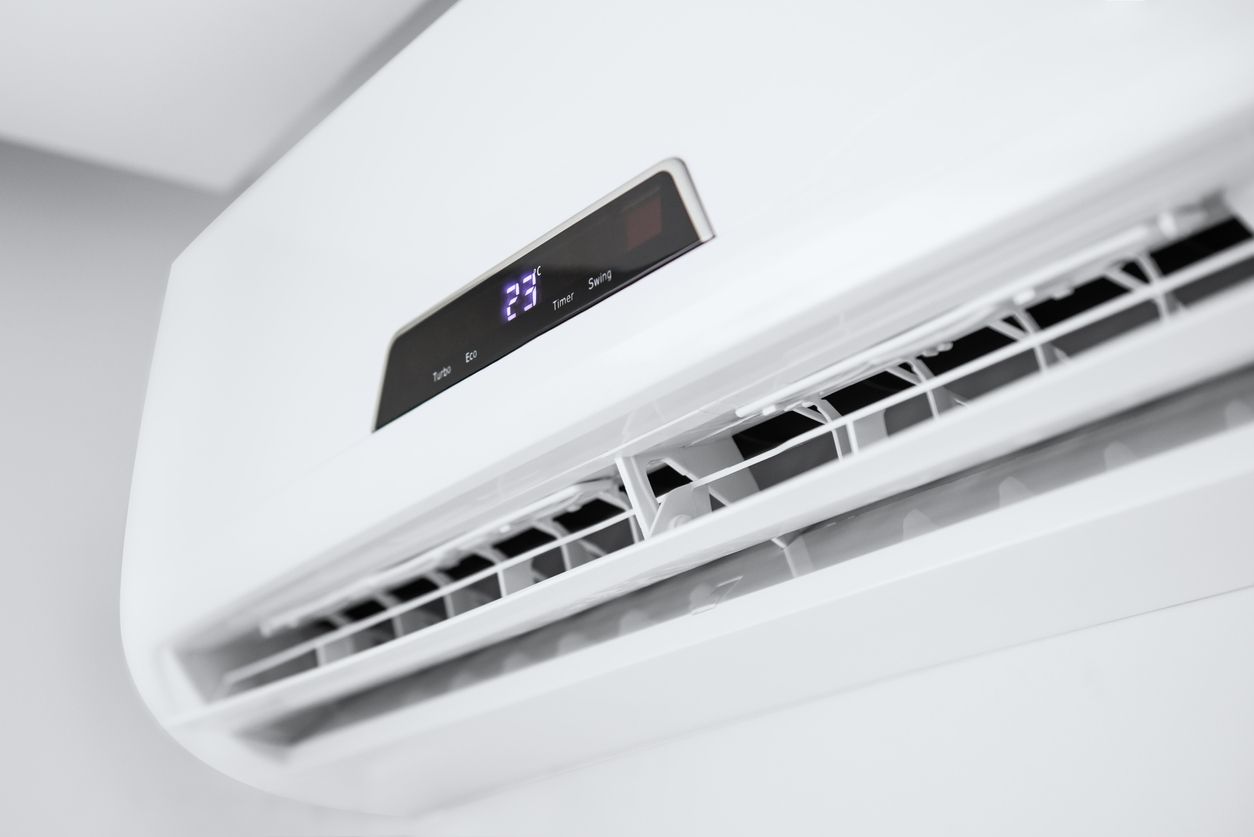
-
Never set the thermostat lower than 25°C. Though technically a hardy cannabis plant should be able to protect itself from minor temperature fluctuations, most older houses are not efficient, which results in each room being a different temperature than the next, often leaving the least used section of the home cold. Unused portions are the same ones that at first might appear to make the perfect grow room, and this combination never ends well.
-
If the air conditioner is usually maintained at a low temperature, then you might want to invest in a heater, and block the room off that your plant will be residing in, to hold the warmth.
-
Never grow marijuana directly in front of an air conditioner, no matter the temperature. Though it might not feel terribly cold to you, a cannabis plant rests in soil, and a steady breeze that is too much can reduce the strength of both the plant and its root system.
-
Consider investing in a grow box, cabinet, or tent. A grow cabinet these days will come equipped with everything that you could ever need to keep cannabis plants thriving with a touch of a button, including lighting, humidity settings, heat settings, and most even have a small built-in fan to maintain stem strength. This can be especially helpful if you are only starting seedlings that will eventually shift to growing cannabis outdoors, or if you want to keep the air conditioner on full blast.
Controlling Housing Damage
The materials needed that we have touched on so far are purely to benefit your marijuana plants, but they can take a toll on your house if you aren’t careful to take some extra precautions.
-
Install an exhaust system that will force air circulation and bring fresh air indoors so that the plants have a consistent dose of CO2, and to avoid issues with mold.
-
Use indoor fans to keep air moving to help to keep the walls dry.
-
Seal the grow room with a bathroom safe paint so that it is mold resistant and won’t allow any of the high humidity levels to leak into the walls.
How to get max yields in small space
Since most indoor grow rooms are smaller than your average bedroom, it is common for cultivators to seek new ways to keep plant size small without adversely impacting the overall yield. There are many ways to do this, but the majority are pruning techniques that require special skill to pull off without causing damage to the plant. One of the most famous is called the SCROG method, but it is a risky procedure that should be carried out with the utmost care.
How often to feed a marijuana plant
The answer to this question depends on the type of growing medium and nutrients you are using, as most liquid nutrients are added daily to the water. One of the most important things that you do need to know is that no matter how often your nutrients instructions claim you should feed your marijuana plant, once it reaches close to a month of it’s fullest maturity you will need to stop adding the solution.
For at least 2-4 weeks before you harvest your indoor marijuana plants, you will need to perform what is called a cleansing, which is where water intake is increased, and all nutrients and fertilizers are no longer utilized. This gives the plant enough time to soak up the water and remove much of the residual nutrients that can significantly impact taste and bud quality.
What type of bugs will appear when growing marijuana indoors?
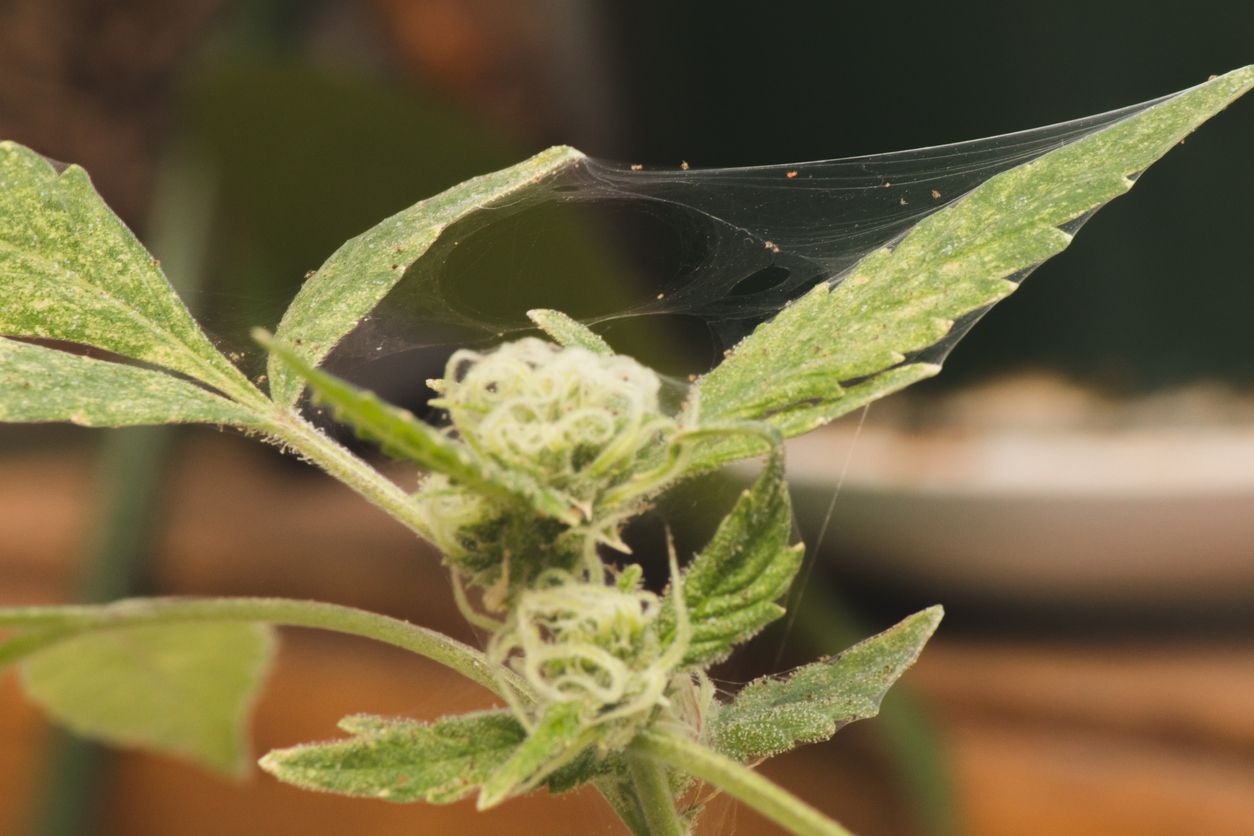
No matter what type of gardening you get into, there will always be the problem of pests, but when you are growing marijuana indoors, they are much easier to tackle. Below you will find a helpful list of all the most common cannabis pests followed by an easy homemade recipe to help you to squash them.
- Whiteflies
- Snails
- Aphids
- Russet mites
- Leafhoppers
- Tobacco Mosaic Virus
- Barnacles
- Inchworms
- Thrips
- Broad mites
- Crickets
- Spider mites
- Mealybugs
- Slugs
- Leaf miners
- Caterpillars
- Fungus Gnats
Homemade pest killer
Items needed
- 1 spray bottle
- 1 cup of vegetable oil
- 1 tablespoon of dish soap
- 1 quart of water
- 1 storage container
Instructions
-
Combine the oil and dish soap inside of a storage container.
-
Add two teaspoons of the mixture to a mister bottle along with one quart of warm water.
-
Give the bottle a good shake then douses every inch of your marijuana plants, and don’t forget to get the undersides of the leaves, which is where they like to settle the most.
If this method doesn’t work, then you may need to seek a more insect-specific repellent.
How to deal with pests when growing marijuana indoors
Some infestations go far beyond anything that is salvageable with a homemade solution before the grower even realizes what has happened, which is why it is so important to thoroughly inspect your cannabis plants every single day. However, if you are able to catch the creepy crawlies early, then the homemade pest killer recipe above might be just enough to do the trick.
How to minimize smell when growing marijuana indoors
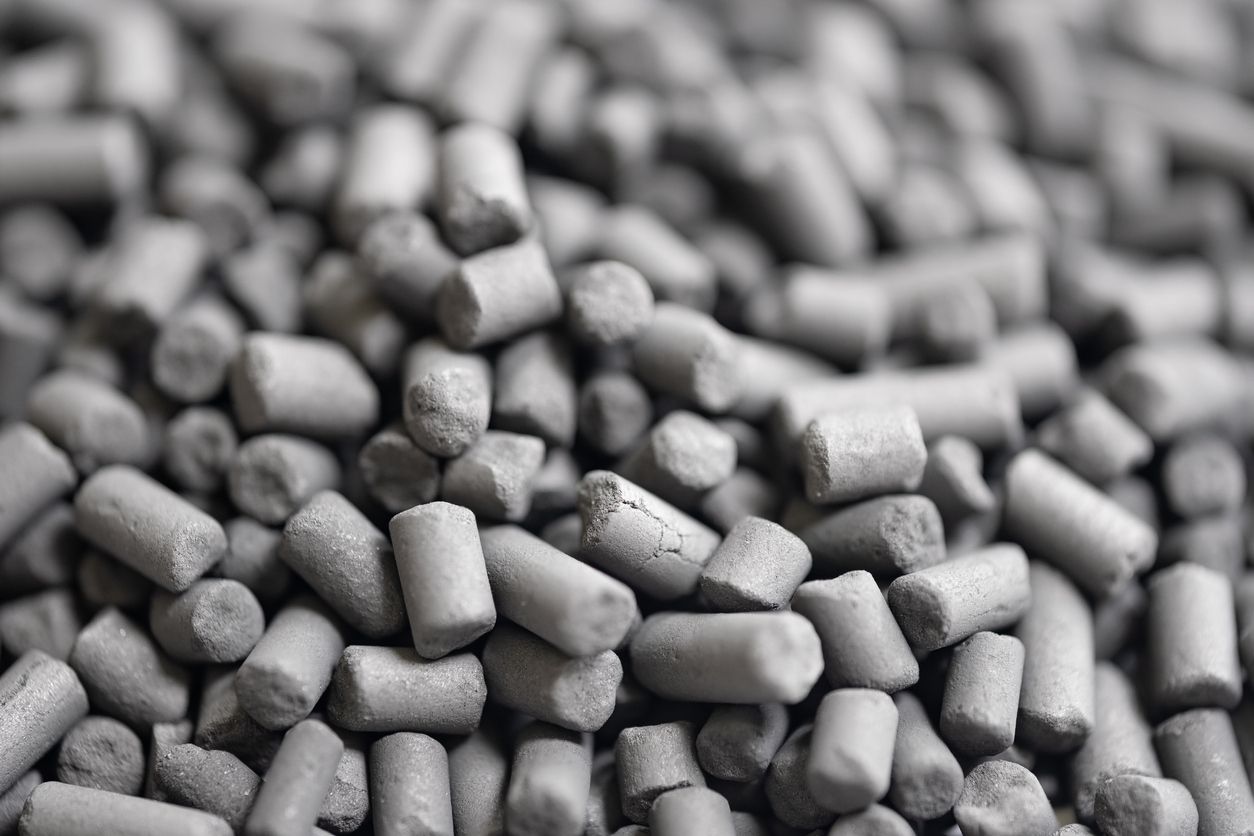
Though some of us might find the smell of growing marijuana relaxing, inviting, and even enjoyable, for others, it’s a strong pungent odor that they don’t want to be exposed to. To help, here are five of the most efficient ways to cut down on unwanted scents escaping from a weed tent or marijuana grow room:
1. Carbon filter
A carbon filter that is installed on an appropriately sized exhaust system is the most effective way to neutralize pungent cannabis smells from an indoor grow room or weed tent. A carbon filter is made using activated carbon to remove impurities, including smells, tastes, and other organic compounds from the environment.
2. Air exchange
The second most efficient way to remove smells from a grow room or weed tent is to use an air exchange system that is appropriate for the size of the space it’s being used in. Generally, this is the job of the exhaust system, which needs to be able to handle the size of the weed tent or grow room. To find out what proportion of exhaust fan you will need, you can calculate the cfm (cubic feet per meter) of the space and then purchase and install a fan that is rated that amount or higher. The idea is to maintain a consistent air exchange that is happening every 3 minutes or less to be the most efficient, especially if a carbon filter is added, which will result in an additional resistance on the air exchange system.
3. Grow tent
Though a marijuana grow room offers the benefit of a significant amount of space to work within that can comfortably fit many plants, a weed tent is much easier to work with in terms of combating smells. This is for a few reasons, including the reduced amount of space, airtight designs, and the requirement of much smaller exhaust systems to do the work of scrubbing impurities from the air. If you are having difficulty maintaining the amount of odor that is emitting from a grow room, or have shared walls that might allow the cannabis smells to interfere with neighbors, then your best option is going to be a high-quality weed tent that emits less smell and helps to keep it contained.
4. Air sealed
A lot of people are going to read the suggestion of an airtight space and assume that it is only in reference to weed tents when it is just as if not more critical in a grow room than it is in a smaller enclosed space. Old houses tend to be draftier, which may force unwanted scents into other areas of the home, while newer types homes are built with an airflow design in mind that allows air to travel while also sealing up rooms. Even in new builds, windows are most often the culprit for circulating air and smells into areas that you might prefer they didn't. If you are using a weed tent, then if you can, choose an option that is water-resistant and is as smell proof as possible. When using a room inside of your home, you will need to seal any vents or windows that may allow odors to escape using materials like saran wrap or window plastic.
5. Odor neutralizer
Store-bought scent neutralizers or air fresheners can be an effective way to eliminate the smell from a grow room. The only problem is that growing marijuana in the same space as any type of odor neutralizer including sprays and stationary hanging options, will leach into the plants and affect the taste of your product after harvest. So instead of using them inside of your weed tent or grow room, they can be placed or sprayed in surrounding rooms and areas of the home to maintain a nice smell. Unfortunately, these will only mask the odors and are not a great long-term solution for cannabis growers who want to keep a grow space functioning throughout the entire year.
Harvesting
Harvesting indoor plants is a breeze because there is no need to transport them, but you will need to know a few things to get perfectly trimmed buds.
-
Pull the marijuana plant from the base of the stem or use a pair of scissors to remove each individual branch.
-
Use scissors to remove all the larger fan leaves.
-
Trim away the smaller protruding sugar leaves and keep them for making hash or oil later.
-
Growing a marijuana plant is only half of the battle, and harvesting shows that you are nearing the end, but there is still some waiting ahead. You will now need to dry the buds by either hanging them from a rack or layering them between newspapers in a cool dark space for at least 4 to 6 weeks.
Growing marijuana indoors vs outdoors
If you have a history of growing cannabis outside, then chances are, you might be nervous about attempting to move your precious grow indoors. It’s easy to let nature work her magic while you sit back and add only the boosting elements, but to bring everything inside can be a whole lot of work. When growing cannabis outside, some of the beautiful aspects of nature are helpful like gentle breezes, rain, and UV rays, but others are not always so kind.
Hail, harsh wind speeds, pests, and predators present a risk when growing cannabis outside. So perhaps it’s safer to bring them into the comfort of your abode. Seems easy, right? Not so fast! Nothing good ever comes quite so easy. The average home comes with its own challenges to look out for. Our homes are typically heated with electricity or gas, both of which can be terrible for drying the air. Since marijuana plants are a tropical species that are accustomed to humid conditions, this isn’t great, but that’s not even the biggest feat you will have to manage.
In the colder months, we heat our homes, but in hotter weather, we do the opposite. Often high-powered central air or window units that forcibly pump tons of cold air directly into the house. This helps to keep us cool and is considered to be a major advancement for humankind, but none of this helps these tropical heat and humidity loving plants at all. In fact, the influx of supercooled air can often be enough to stunt or kill cannabis plants.
No matter which way you choose to go, there is a risk and an investment, which is why it is so important to weigh all the pros and cons long before making any solid plans or commitments.


